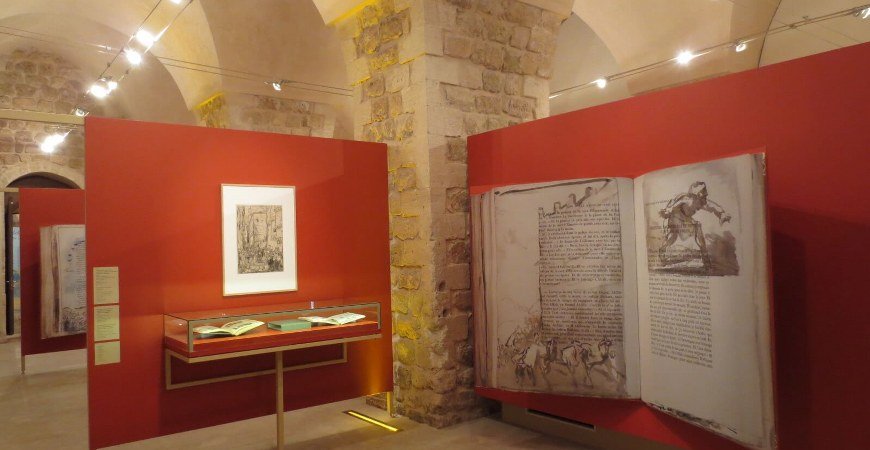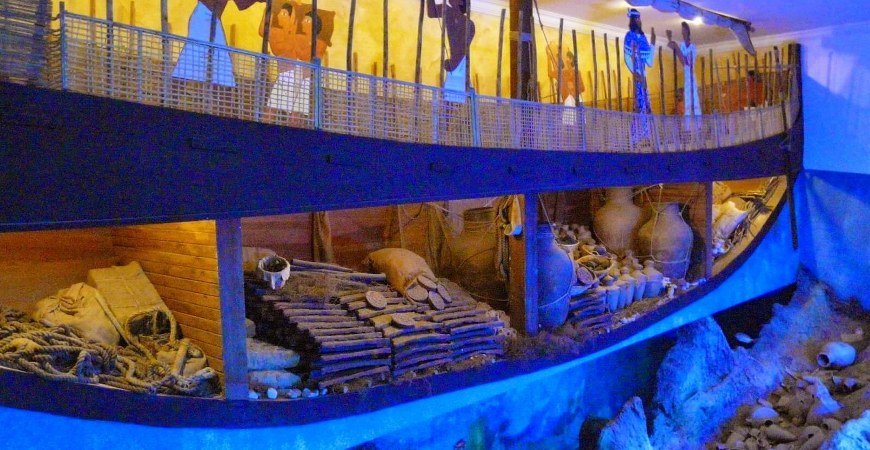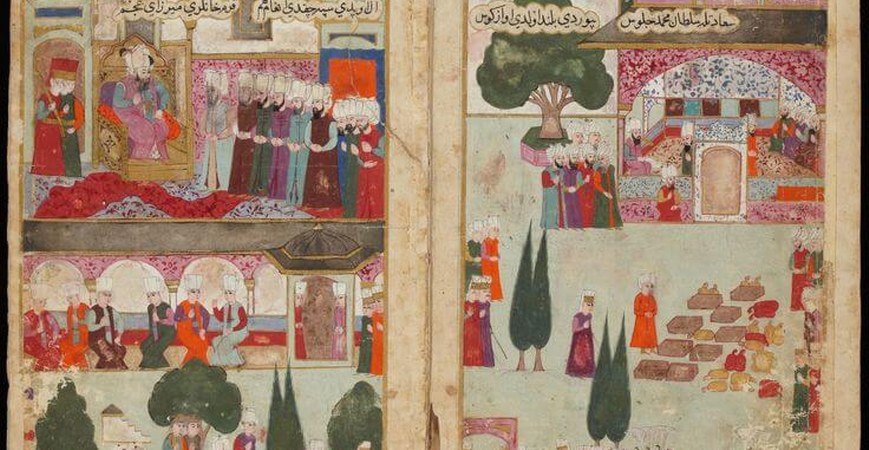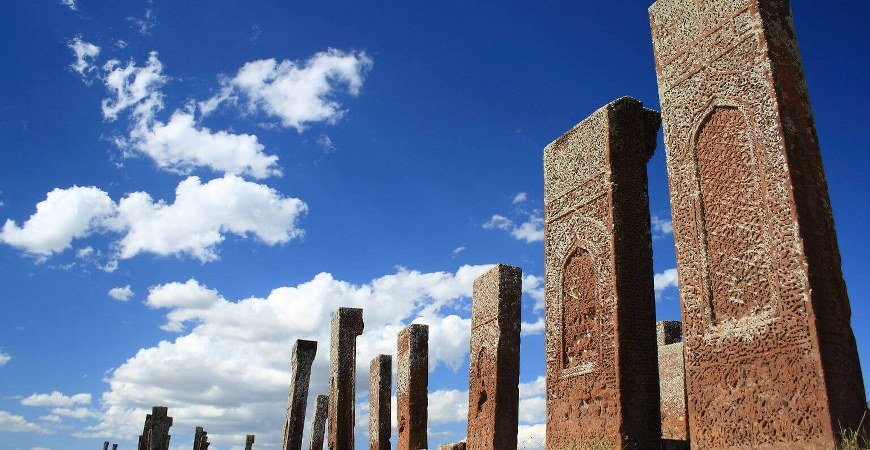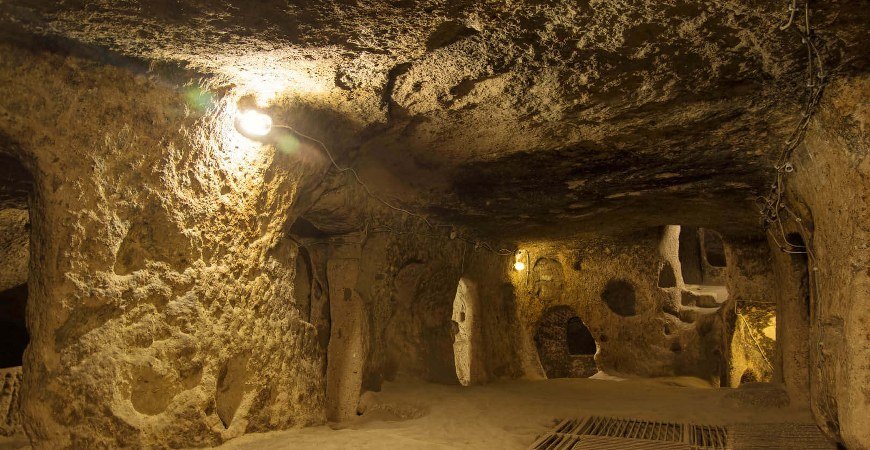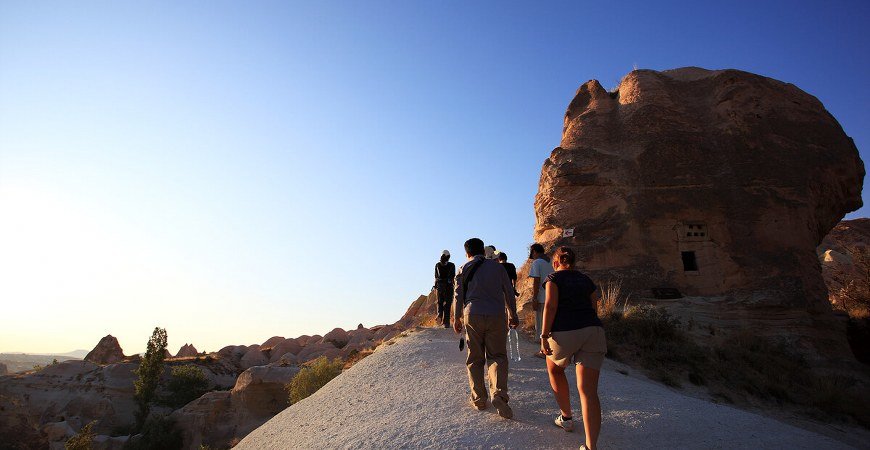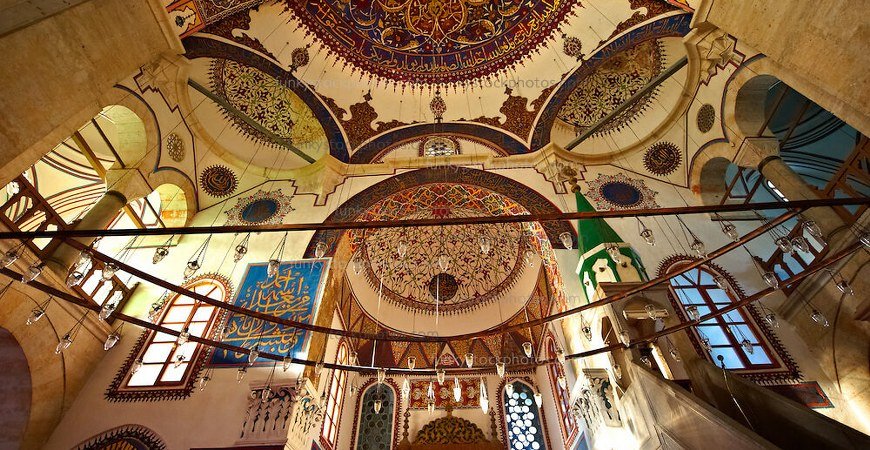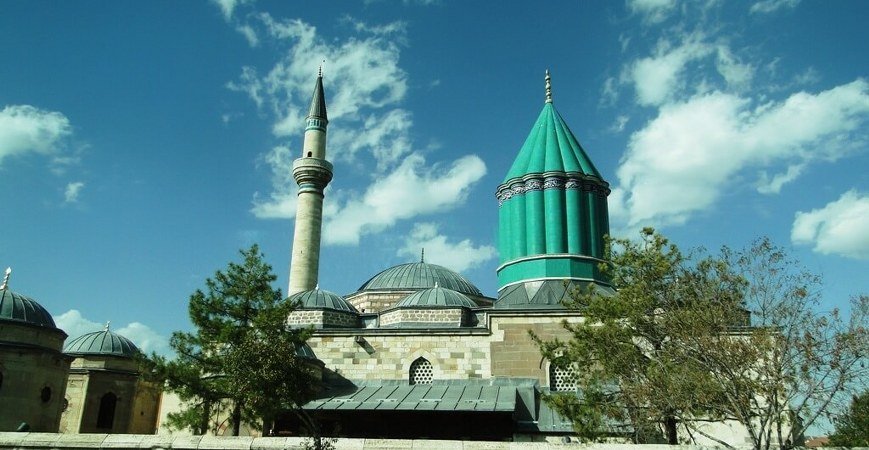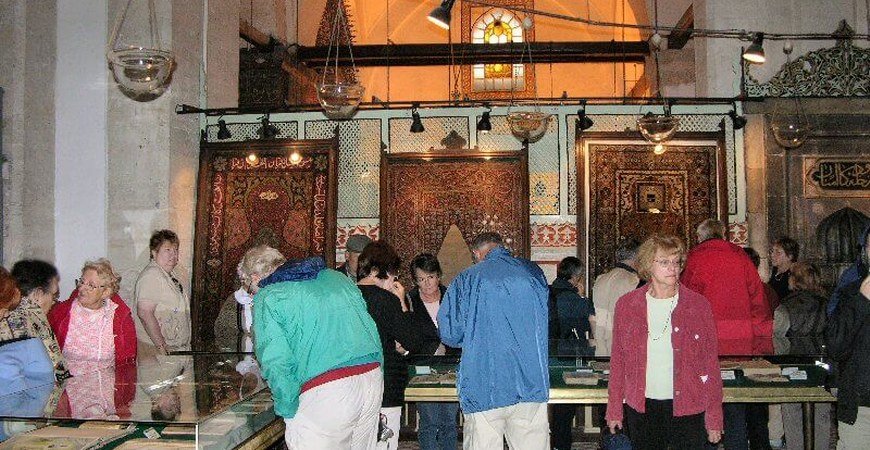The Museums of Mugla – Manisa Museum and Mardin Museum,
THE MUSEUMS OF MUGLA
Fethiye Museum:
Fethiye Museum was established in a temporary building in 1965 and consists of two rooms. The first exhibition room contains pieces of a tomb from Tlos, grave steles, offering stones, column pedestals and capitals, and earthenware vases and statuettes from the Lycia, Roman, and Byzantine periods. The second room contains coins from various periods, pre-historical and historical ornaments, statues, busts etc.
Milas Museum:
In 1959 works from the Mugla sub-province of Milas were stored in a room and the garden of Sakarya primary school. A new museum building is being constructed which will house the Milas Museum upon completion.
MARDIN MUSEUM
Mardin Museum was established as a depot in a section Sinciriye Mosque in 1945. When this grew too small the collection, which includes Islamic and pre-Islamic works, coins etc., was moved to the depots of the Ministry of Education. Among the unique objects in this collection is a double dragon-headed door knocker from the Seljuk period, which was taken from the Cizre Ulucami.
MANISA MUSEUM
Manisa Museum was first established as a depot in Muradiye Kulliye Medrese in 1935, and archaeological and ethnographic works from the Manisa region were stored here.
In 1943 the museum was opened to the public. It was closed from 1958 to 1962 for repairs to the Medrese, and in 19163 was enlarged with the inclusion of the Imaret (soup kitchen), which Was opened to the public in 1972. Today the Imaret contains the archaeological works, while the Medrese contains the ethnographic works.
The corridors of the archaeological section contain sculpture from Manisa arranged in archaeological order. The first rooms contain Byzantine period works, and the other rooms Roman period works. The large exhibition rooms contain the findings of the excavations at the ruins of Sart which began in 1958. They are arranged according to period and include mosaics, ceramics, various stone objects, terracotta and bone ornaments etc.
The last rooms contain findings from the Roman period and a rich collection of findings from the Prehistoric ages.
The second section of Manisa Museum is housed in the Medrese and contains examples of Turkish art and ethnography. One room has been furnished as a room in a Turkish house. Exhibits in this section include weapons, cloth wood carving, engravings, tiles, embroidery, carpets, and kilims which make up a really fine collection.
